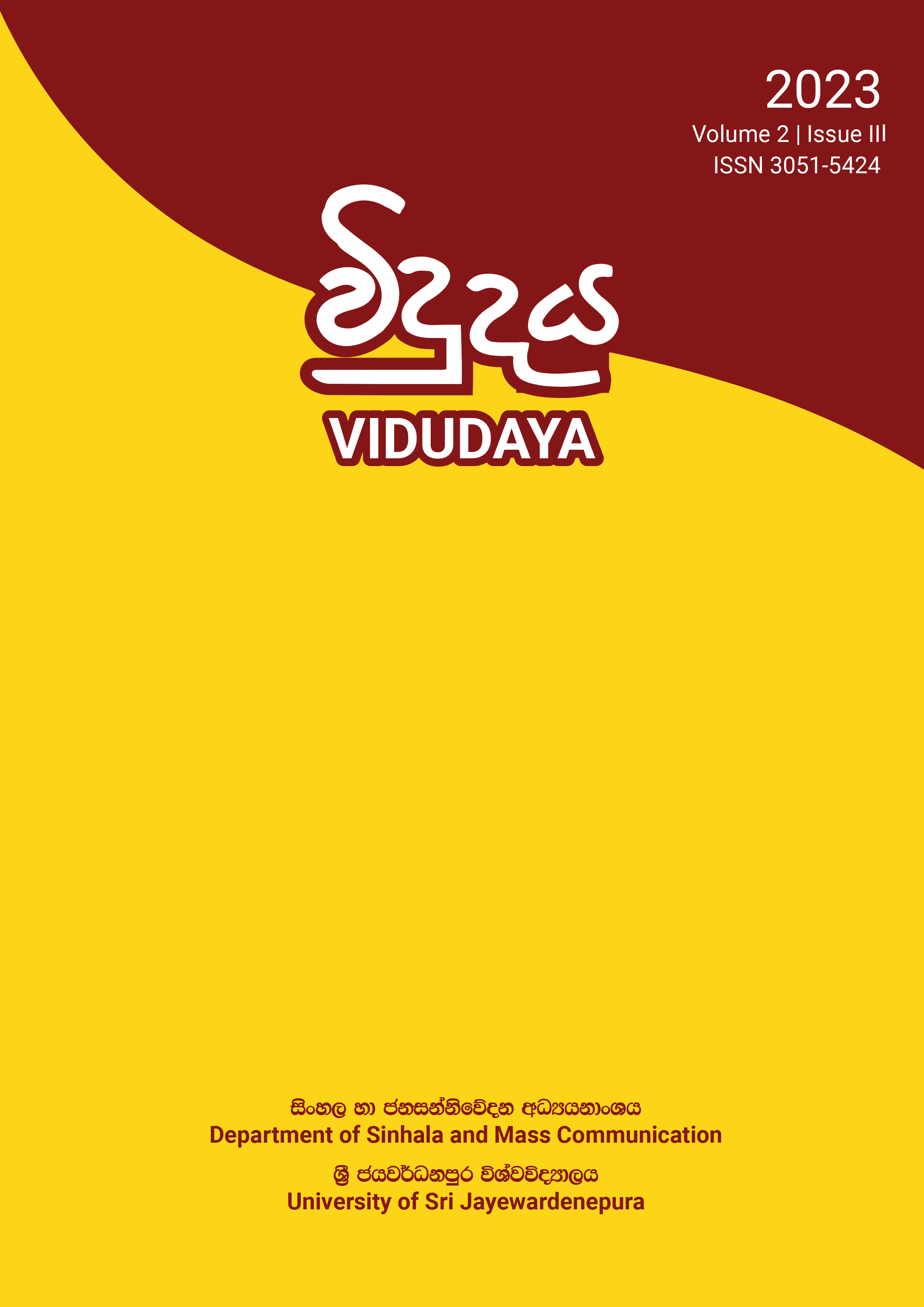Navigating the Dearth of English Braille Study Materials for Visually Impaired Undergraduates
DOI:
https://doi.org/10.31357/vidudaya.v2i03.7912Keywords:
Dearth, Braille Study Material, Visual Impairment, English as a Second Language, ReadingAbstract
Study materials play a crucial role in the education of English as a second language for both sighted and visually impaired learners. Undergraduates with visual impairment can use braille, audio, and screen reading study materials, with braille being particularly instrumental in developing reading and writing competence. This research explores the dearth of braille reading materials for visually impaired undergraduates in the acquisition of ESL. The objectives include examining this dearth of braille English study materials while proposing viable solutions. Employing a qualitative approach, the research involved interviews with two special needs instructors as well as thirty students, fifteen each with and without visual impairments, from the second and third-year batches at two state universities. A comparison of the reading materials used by these students revealed a contrast, with sighted students having Ample resources than the visually impaired. Despite both universities offering English instructors and audio study materials for blind students, there is an absence of textbooks in braille for English. Although braille question papers are provided for some students, it takes time to read as the braille material is bulky. For some, computers are provided instead of braille facilities. The study recommends enhancing facilities for visually impaired students, including the provision of textbooks, question papers, and handouts in braille. Additionally, specialized instructors proficient in braille can contribute to improving English as a second language proficiency among the visually impaired.

